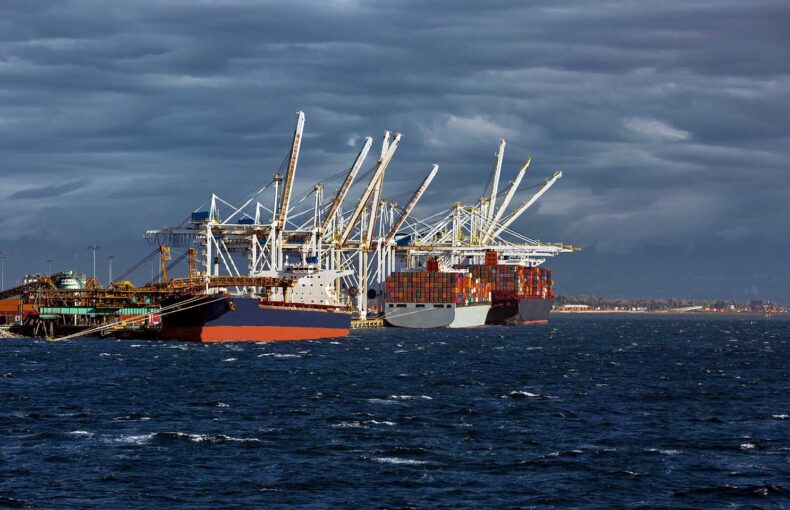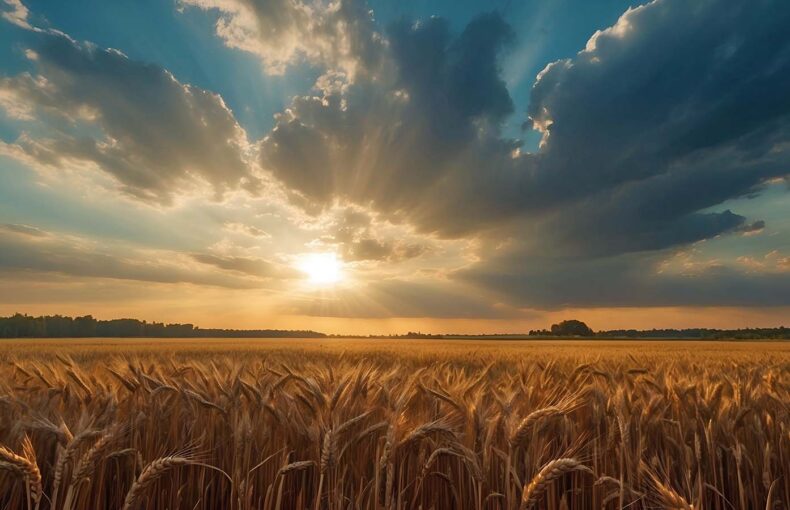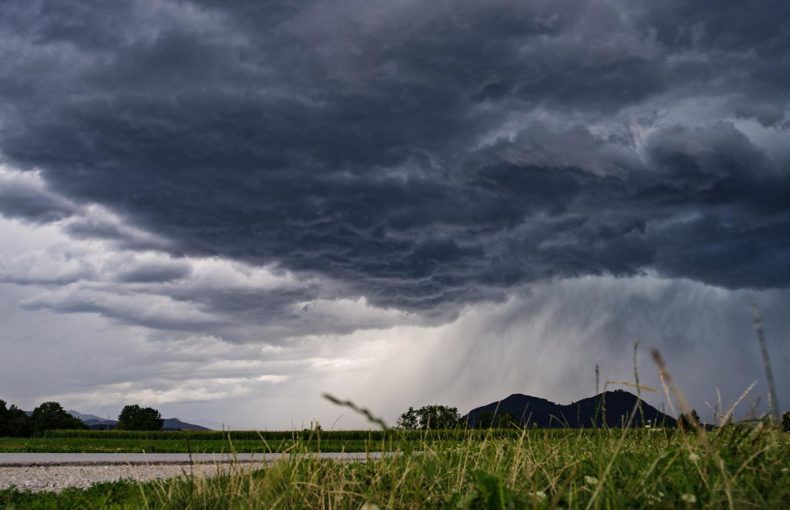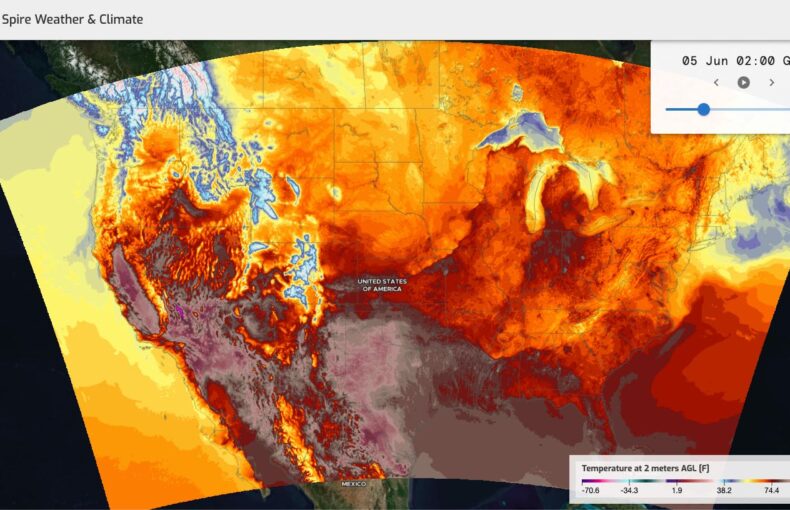Spire’s innovative new satellites are designed to enhance soil moisture monitoring
Advancements in satellite technology are continuously reshaping our ability to monitor environmental variables that are critical to understanding and adapting to climate change.
Spire Global, a key player in the field, recently announced the launch of Soil Moisture Insights, and now has two new, advanced satellites designed to further enhance soil moisture monitoring.
This marks a significant stride in leveraging space-based data for a more comprehensive understanding of soil moisture dynamics worldwide. To delve deeper into this innovation and how it will enhance Spire’s Soil Moisture Insights, we sat down with Spire’s Earth Intelligence Leader and GNSS remote sensing expert, Philip Jales, PhD, for an insightful Q&A session.
In this article, we’ll explore the unique features of Spire’s latest satellites, their orbit characteristics, data-processing methods, the implications for industries reliant on soil moisture insights, and the future of climate resilience through cutting-edge satellite technology.

Philip Jales, PhD
Earth Intelligence Leader and GNSS remote sensing expert – Spire Global
- Could you tell us about your background?
I have extensive experience in GNSS-based remote sensing, having previously worked at Surrey Satellite Technology in the South of England. There, I specialized in electronic hardware designs for platform, satellite, and payload parts. My core was always the GNSS-remote sensing. My PhD focused on designing a remote-sensing payload for GNSS reflections (GNSS-R), developing the onboard processing that allowed for continuous collections.
Following my PhD, Surrey secured a contract with the European Space Agency (ESA) to further develop this technology, resulting in the integration of our payload onto TechDemoSat-1. Subsequently, our payload was included in the NASA CYGNSS mission, a significant achievement as a UK company providing the payload to the NASA CYGNSS constellation of eight satellites.
Then, I started at Spire, and I helped to bring some of those new GNSS-R functionalities, enhancing and building on what we did with CYGNSS, and miniaturizing it from needing a 30 kilogram satellite down to a 5 kilogram satellite. We developed various technologies to miniaturize and optimize cost-effectiveness. Unlike CYGNSS, which could only capture four reflections at a time, our system averages around 24 reflections, significantly expanding our observation capabilities.
- Can you walk us through the timeline of how quickly satellite technology has evolved?
The TechDemoSat-1 was launched in 2014, and CYGNSS was in 2016. A couple of years later, we launched our first ones at Spire in 2018. As well as miniaturization, and processing more reflections, we developed a new calibration approach, to solve some of the issues seen in those previous missions. We’ve launched several GNSS-R satellites focused on measuring ocean-surface winds and soil moisture as part of our fully deployed constellation of satellites in orbit.
- Could you explain how Spire’s new satellites and their dual sensors are unique?
Could you explain how Spire’s new satellites and their dual sensors are unique?
So far, we’ve launched specialized satellites for monitoring the atmosphere for radio occultation (RO) and separate ones for this GNSS-R application to measure the surface ocean winds and soil moisture. The new satellites combine GNSS-RO and GNSS-R on the same satellite for the first time. Combining these two techniques means that we measure the state of the Earth from the top of the atmosphere down to the ground. GNSS-RO provides precise information on the state of the atmosphere, which is assimilated into weather forecasts at the major meteorology centers.
We measure temperature, pressure, and humidity through the atmosphere, which has major implications on forecast accuracy and uniquely provides a long-term climate record from a calibration-free sensor. The addition of GNSS-R measures Earth’s surface properties, including ocean-surface wind speed and soil moisture over land. These are both impactful observations in improving weather forecasts and monitoring the change in climate and the effects that those changes are having.
Combining GNSS-RO and GNSS-R on the same, less than 5 kg satellite, that is just 30x10x10 cm, is a significant advancement, allowing Spire to observe weather and climate faster. These miniaturized satellites enable us to spread many more satellites around the Earth, observe through the day and night, and be in the right place for extreme weather events.
An illustration of Spire’s combined GNSS-R and GNSS-RO receiver shows the satellite collecting soil moisture and ocean winds from GNSS-R and atmospheric state from GNSS-RO. The signal rays from the GNSS transmitters are shown.
- Could you describe the satellite’s orbit? How will the satellite’s orbit affect its ability to collect data on soil moisture?
The Spire Global solution to soil remote sensing provides global coverage from the vantage point of low-Earth orbit, making fine-scale observations compared to the existing radiometer satellites. This helps bridge the gap between the point measurements of in-situ sensors and regional soil-moisture trends.
- How long, on average, do satellites like these remain in low-Earth orbit before reaching end-of-life?
Typically, we expect an average lifetime of three years for satellites like these.
- How soon after launch will we begin receiving data from the two satellites?
The satellites will undergo a period of calibration for four weeks, before starting to feed the observations into our near-real-time downlink and processing system for delivery to our customers.
- How will the data collected by the satellites be processed and distributed to end-users and at what resolution?
Our Soil Moisture Insights data are available at 6 km resolution, followed by downscaling using synthetic aperture radar data, artificial intelligence, and machine learning to 500 m and 100 m resolutions. Our soil moisture data is available through an easy-to-use API, facilitating smooth integration and analysis within existing systems and applications.
- How does Spire ensure the accuracy and reliability of its soil moisture data, especially in remote or challenging environments?
From data collection to delivery, we control the entire value chain, ensuring quality, consistency, and reliability. Compared to other open-sourced and widely used satellite data ($1 billion-dollar science radiometer mission), Spire’s soil moisture monitoring has the added benefit of offering operational continuity, as the institutional science missions near their end-of-life. Our data footprint has 6 km resolution compared to radiometers that start at 36 km. Additionally, we provide daily updates, offering more timely and relevant data for informed decision-making.
- Which industries will benefit the most from the added data, artificial intelligence, and machine learning applied to Spire’s Soil Moisture Insights?
Weather prediction can greatly benefit from the use of soil moisture as an input to enhance forecast accuracy for surface temperature and humidity. Some of the industries that will benefit most include commodity traders, parametric insurance, agritech, smart farming, government, data scientists, flood risk modeling, urban planners, environmental managers, and crop yield forecasting.
- How does Spire plan to ensure equitable access to the data for researchers and smaller organizations or education?
Spire is a Third-Party Mission data provider for the ESA. Through ESA Earth Online, we are supported to make some data free to the research community. Our historical data is also available through the NASA Commercial Satellite Data Acquisition (CSDA) program (with certain user and latency constraints). We also deliver data in near-real-time to the National Oceanic and Atmospheric Administration (NOAA) as part of a commercial weather data pilot, where our data will be evaluated to improve national weather forecasts.
 Written by
Written by


